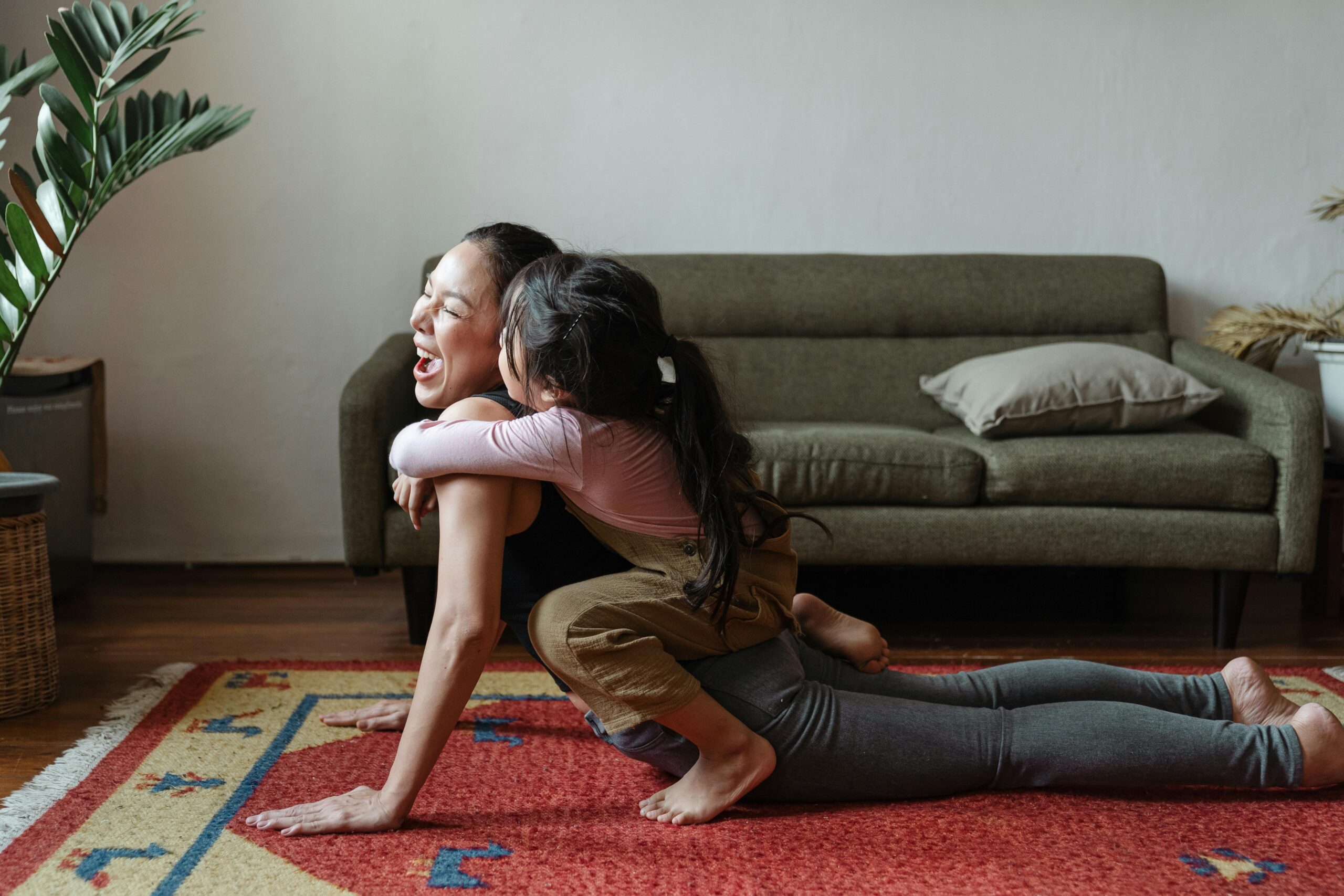You Don’t Have to Stay in Survival Mode
If you’ve ever found yourself overthinking, over-functioning, or constantly trying to prove your worth, there’s a good chance a younger part of you is still longing to feel safe and seen.
We often call this part our inner child — the tender, emotional self that learned how to survive long before we learned how to thrive.
Maybe you were the responsible one growing up — the peacekeeper, the helper, or the one who held everything together.
Those roles helped you survive pain, chaos, or emotional neglect.
But as an adult, they can keep you stuck in exhaustion, people-pleasing, or self-doubt.
Healing your inner child isn’t about blame or reliving the past.
It’s about understanding the roots of your reactions so you can finally stop living in survival mode.
What Is Inner Child Healing?
Inner child healing is a process of reconnecting with the younger parts of yourself that learned to hide, shrink, or take on too much responsibility to stay safe.
Through trauma-informed therapy, you begin to recognize how those early patterns still show up in your adult life — in your relationships, boundaries, perfectionism, or fear of conflict.
It’s the gentle work of saying to that younger version of you:
“You don’t have to do it alone anymore. I see you. I’ve got you now.”
Why the Inner Child Still Affects Us
Unhealed childhood wounds don’t disappear; they live quietly in the nervous system.
They can show up as:
- Overreacting to small triggers
- Feeling responsible for others’ emotions
- Difficulty relaxing or receiving care
- Fear of rejection or failure, even when life is stable
Our nervous system doesn’t keep time — it holds on to experiences of fear, shame, or loneliness until we help it release them with compassion and safety.
That’s why healing requires more than just insight; it asks for felt safety.
When we learn to soothe our nervous system, we teach our body that it’s finally safe to rest, feel, and receive love.
What Healing Looks Like in Practice
In therapy, inner child healing may include:
- Mindful awareness — Noticing when younger parts of you show up (for example, the one that fears disappointing someone).
- Compassionate dialogue — Gently speaking to your inner child with warmth and understanding.
- Somatic or body-based practices — Breathing, grounding, or movement that help your nervous system feel secure.
- Parts work (IFS) — Getting to know the protective parts that formed around early pain and helping them relax once safety is restored.
Healing happens in small, consistent moments — when you stop judging yourself for having big emotions and begin treating those feelings as messages from within.
The Gifts of Inner Child Healing
As you build a kinder relationship with yourself, you may notice:
- More ease in relationships
- Greater self-trust and confidence
- Less guilt and overthinking
- The ability to rest without feeling lazy or unsafe
- A softer, steadier sense of who you are
It’s not about “fixing” yourself — it’s about coming home to yourself.
A Gentle Reminder
Healing takes time.
There’s no rush, no perfection, and no single way to do it right.
Your younger self doesn’t need a perfect parent — just a compassionate presence.
Every time you pause to breathe, rest, or speak kindly to yourself, you’re already healing.
You Don’t Have to Do This Alone
Inner child healing is powerful work — but it can feel tender to do on your own.
If you’d like to explore this process with trauma-informed

